The Federal Reserve announced on Wednesday that it would once again keep interest rates unchanged, a move widely expected by financial analysts. While this decision does not bring immediate changes to borrowing or savings rates, it still presents opportunities for consumers to make strategic financial moves. Whether it’s earning higher returns on savings or reducing the burden of debt, there are ways to adapt to the current economic climate and protect one’s financial well-being.
The Fed’s Stance and Economic Outlook
Amid ongoing economic uncertainties, the Federal Reserve’s decision to maintain its current interest rate levels signals caution about the future. The central bank acknowledged in its policy statement that growth projections for the U.S. economy have weakened, while inflation remains a concern. Additionally, the impact of fluctuating trade policies and geopolitical tensions continues to create a challenging environment for long-term economic stability.
Financial experts point out that while lower interest rates may seem appealing, they are not always indicative of a healthy economy. Greg McBride, chief financial analyst at Bankrate, noted, “Consumers and businesses might welcome the idea of lower rates, but it’s important to remember that rates should decline due to easing inflation, not because of economic weakness.”
Regardless of whether rates remain steady or decline in the near future, individuals can take proactive steps to improve their financial standing by optimizing their savings strategies and managing their debt more effectively.
Maximizing Returns on Savings
Although interest rates on savings accounts have slightly dipped in recent months, there are still ways to secure inflation-beating returns with minimal risk.
High-Yield Online Savings Accounts
Traditional bank savings accounts offer minimal returns, with the national average standing at a mere 0.6%, according to Bankrate. However, online banks currently provide significantly higher rates, with some institutions offering yields between 4.14% and 4.50%. Since these accounts are FDIC-insured, they remain a safe option for storing emergency funds while ensuring better returns.
Certificates of Deposit (CDs)
For those willing to lock their funds for a set period, certificates of deposit (CDs) can provide attractive interest rates. Current CD rates range between 4.15% and 4.45%, depending on the term length. However, early withdrawals may result in penalties, making it essential to choose a term that aligns with liquidity needs. Additionally, interest earned on CDs is subject to federal, state, and local taxes.
U.S. Treasury Securities
Investing in short-term Treasury bills or intermediate-term Treasury notes is another low-risk strategy to earn competitive returns. These government-backed securities currently offer yields between 4.01% and 4.29%, depending on maturity. One of their key advantages is that interest earned on Treasuries is exempt from state and local taxes, making them an attractive option for individuals in high-tax states.
Money Market Funds
Money market funds provide another viable alternative for optimizing cash savings. These funds typically invest in short-term, highly liquid assets such as Treasuries and CDs. According to the Crane 100 Money Fund Index, the average rate on these funds stood at 4.14% as of this week. However, unlike savings accounts, money market funds are not FDIC-insured. Investors should ensure they purchase funds through a reputable brokerage that offers Securities Investor Protection Corporation (SIPC) coverage.
Municipal Bonds
AAA-rated municipal bonds present an additional tax-advantaged investment opportunity. These bonds, issued by state and local governments, currently yield between 2.65% and 3.36% for maturities ranging from three months to five years. One key benefit is that interest earned is typically exempt from federal taxes and may also be free from state taxes if the bondholder resides in the issuing state.
Strategies to Reduce Debt Costs
For borrowers, the Fed’s decision to hold rates steady provides an opportunity to reassess their debt repayment strategies. While potential rate cuts later in the year may slightly lower borrowing costs, proactive measures can still help individuals reduce financial strain.
Credit Card Debt
Credit card interest rates remain among the highest of all consumer debts, averaging 20.09% as of March. Although this is slightly lower than December’s 20.35% rate, it is still alarmingly high.
One effective way to manage credit card debt is through a balance transfer to a 0% interest card. Many issuers offer promotional periods of up to 18 months without interest, allowing cardholders to pay down their balances faster. If a balance transfer isn’t an option, securing a lower-interest personal loan or simply negotiating a lower rate with the credit card issuer can also provide relief. According to Lending Tree, three-quarters of customers who request lower interest rates receive them, with reductions averaging around six percentage points.
Mortgage Loans
The average 30-year fixed mortgage rate currently stands at 6.65%, slightly down from 6.74% a year ago. Mortgage rates are closely tied to 10-year Treasury yields, meaning that if economic concerns prompt the Fed to signal further rate cuts, mortgage rates could decline later this year.
For those planning to borrow against their home, home equity lines of credit (HELOCs) and home equity loans remain viable options, though rates currently exceed 8%. While not ideal, these rates are still significantly lower than credit card rates or unsecured personal loans, which average above 12%. Borrowers should compare loan terms carefully and seek the best possible rates to maximize savings.
Auto Loans
Auto loan rates have inched upward, with used car loan rates averaging 11.3% in February and new car loans averaging 7.2%. The interest rate on an auto loan depends largely on credit scores and loan terms, with shorter-term loans and higher credit scores generally leading to lower rates.
Complicating matters, the administration’s proposed tariffs on imported cars and auto parts could push vehicle prices even higher. If tariffs go into effect, the cost of new cars will rise significantly, leading to increased demand for used vehicles and pushing their prices up as well. Those considering refinancing their auto loans should evaluate potential savings carefully, as refinancing fees could offset the benefits of a slightly lower interest rate.
Making the Most of the Current Economic Climate
While the Federal Reserve’s latest decision does not bring immediate changes to interest rates, consumers still have ample opportunities to strengthen their financial standing. By securing higher yields on savings, optimizing debt repayment strategies, and preparing for potential economic shifts, individuals can ensure their finances remain resilient in an uncertain environment.







